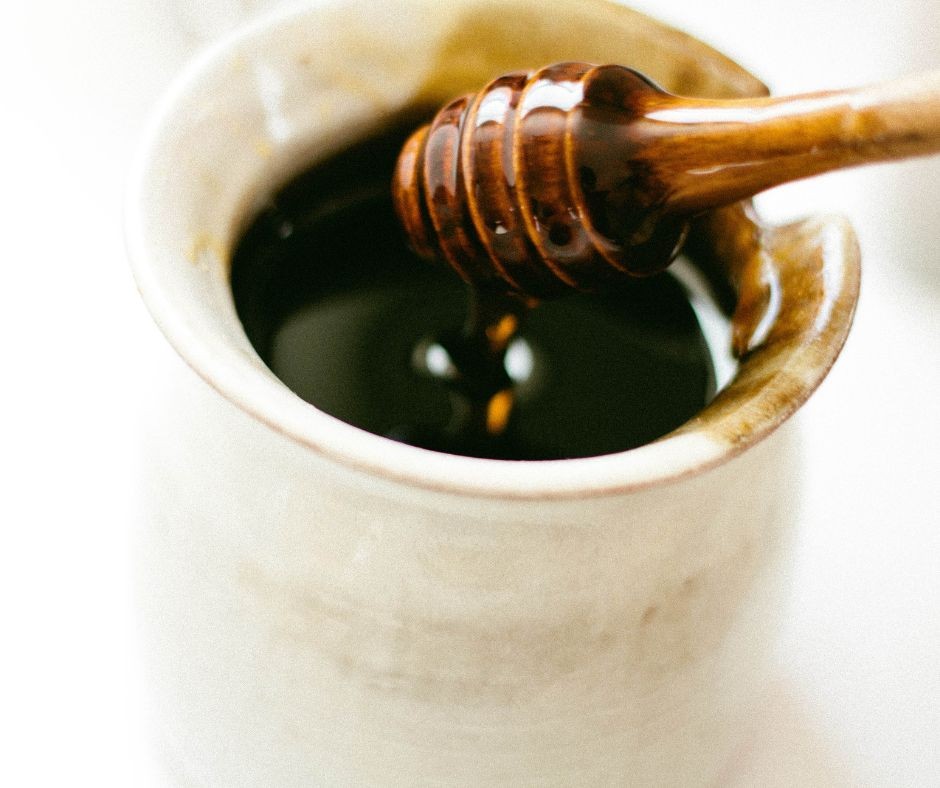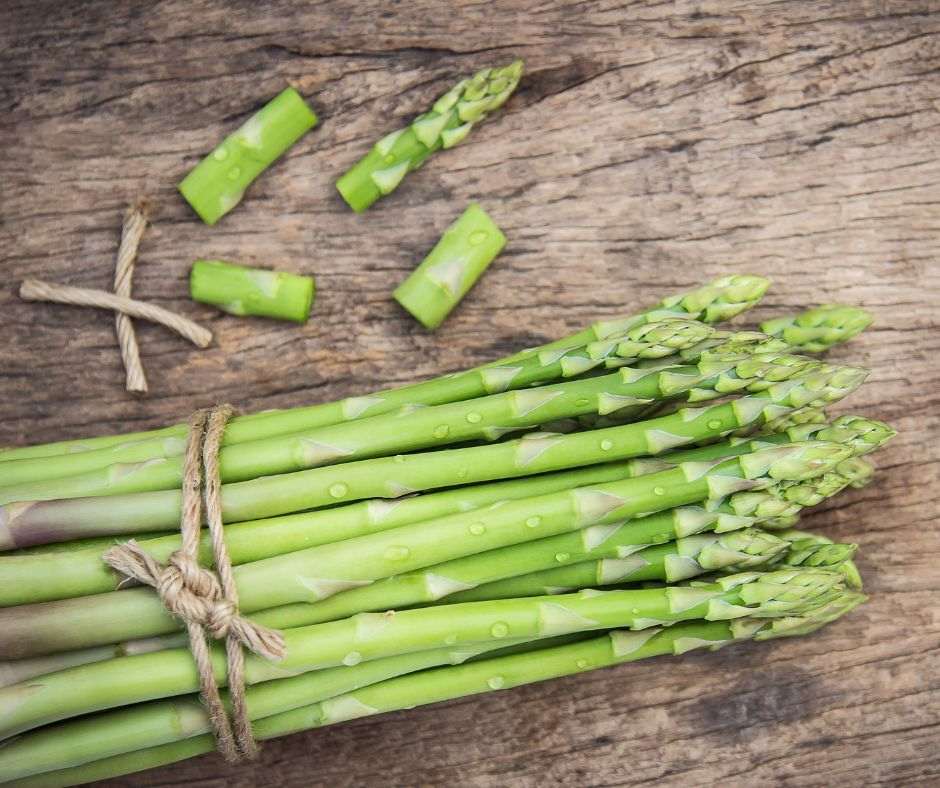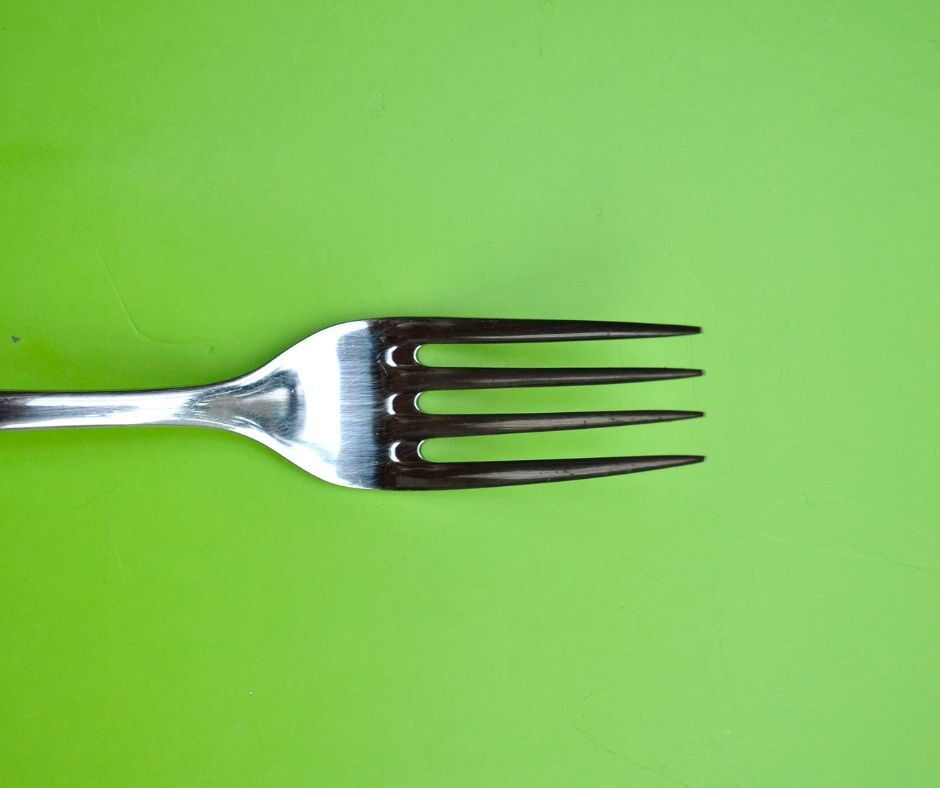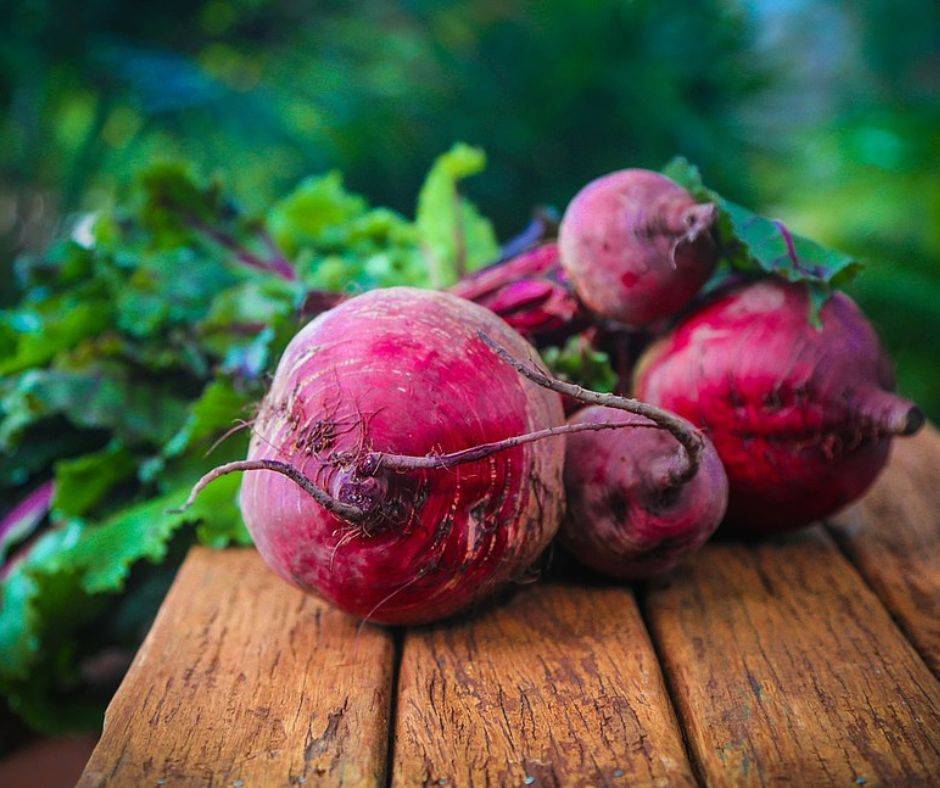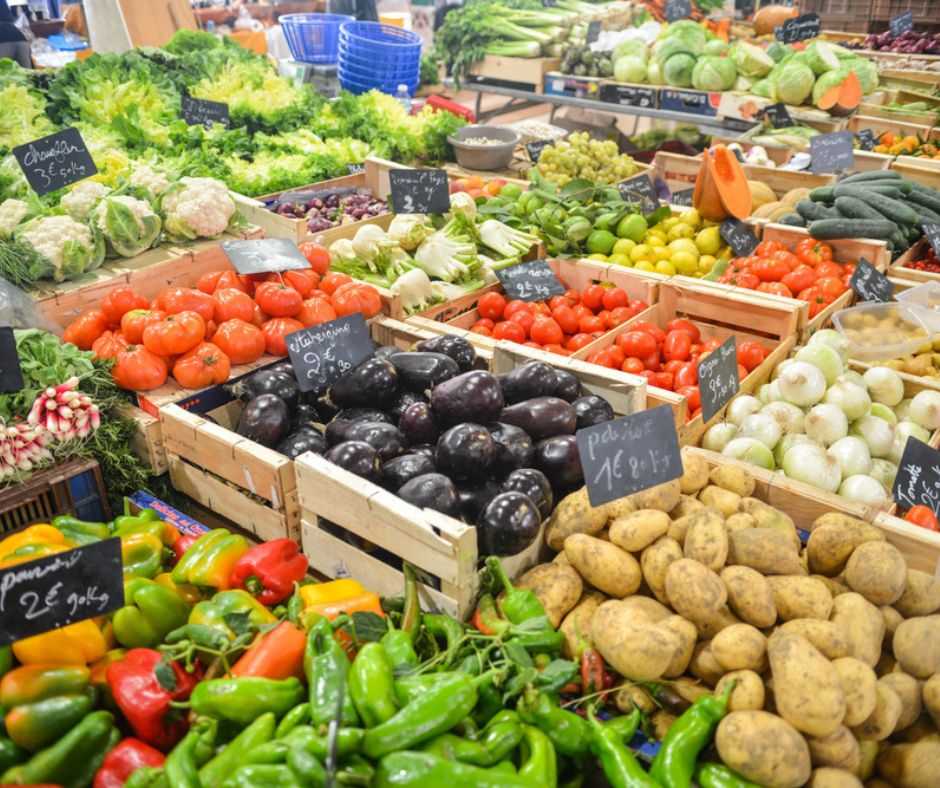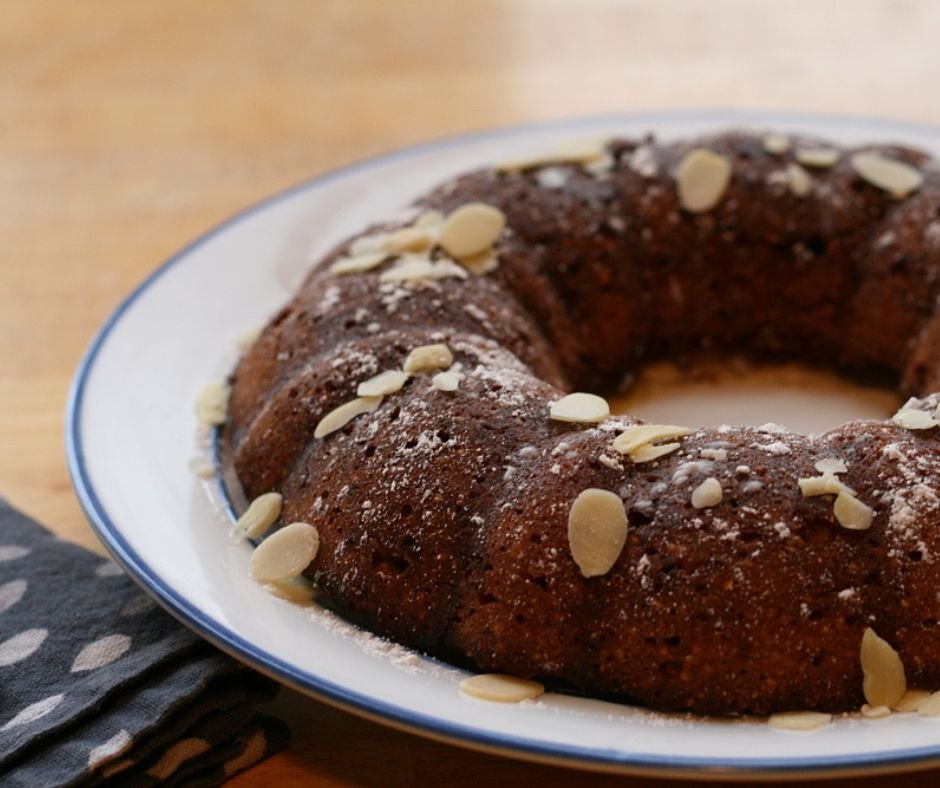It’s that time of year again! As we wind down from the holiday season, many of us begin to set those New Year’s resolutions. During this time of year (especially after a season full of sweet treats), we can look at our lives and habits and decide if we may be ready to let go of (or at least significantly reduce) sugar.
White sugar is highly processed from its original state. Sugar cane is stripped of its healthy minerals and processed to render it void of healthy nutrition.
Our bodies do need sugar. Most food is eventually broken down into simple sugars the body uses for energy. However, whole foods have a complex and infinite variety of vitamins and other materials that help to slow digestion and provide complete nutrition. This differs from the harmful effects of a substance like pure white sugar.
Too much sugar in your diet can increase inflammation, lower immunity, and contribute to all of the issues accompanying extremes in blood sugar levels, such as irregular energy and moods.
Below, I put together some top tips for reducing or quitting sugar.
How to Quit Sugar
1) Eat Other Foods that Have a Sweet Flavor
According to Eastern medical systems, sweet-flavoured foods are necessary for a healthy and whole diet.
The sweet flavour is one of the five primary flavours in Ayurveda and Traditional Chinese Medicine. If used correctly, it is nourishing and building. Processed sugars don’t provide this same energetic value; they deplete the body over time.
If you’re accustomed to processed sweets, the following foods may not seem very sweet, but gradually, you’ll acquire a more refined taste.
Some sweet foods include yams, carrots, licorice tea, cinnamon, beets, and apples. Almost all fresh veggies and whole grains have a sweet flavour, so fresh salads, cooked grains, and sprouts are another great option. Get creative!
I like making carrot and beet salad (grated raw in the summer and steamed in the winter). To create more balance, you can add lemon and apple to the salad. You can also add grated apples and cinnamon to your cereal in the morning instead of sprinkling sugar.
Eating a small amount of dark chocolate or fruit will also provide that sweet flavour—just don’t overdo it!
2) Add Foods to Reduce Cravings
Sugar is a highly addictive substance, so when starting to eliminate it from your diet, it can be helpful to use specific flavours that are known to reduce cravings.
In particular, sour, pungent, and bitter flavours counter sweet cravings. Lemons, limes, berries, mint, celery, and cucumber are great options when craving sweets.
Another option is to slow your digestion with healthy fat and protein. Eat a snack of rye crackers with raw nut butter and apple butter. The nut butter provides protein and fat, and the apple butter is low in sugar and has a sour flavor.
3) Clear it Out
One of the best ways to ensure you won’t eat excess sugar is to eliminate it from your home completely. Avoid white and brown sugar, syrups, packaged foods, cookies, crackers, and “white” foods (white foods like white rice, bread and pasta are broken down into sugar in the body very fast. Instead, choose whole grains).
As much as possible, avoid eating out. Excess sugars are often eaten at restaurants and cafes because you have little control over their food.
4) Herbal Teas
Herbal medicine can help satiate or curb a craving. I suggest herbal teas with strong flavours but cleansing qualities, such as peppermint and ginger.
You could also try licorice tea, which has a naturally sweet taste. Many people also find warm water with lemon helps to distract the taste buds when a craving strikes.
5) Sugar Substitutes
Sometimes, you may like to use a sweetener for baking or the occasional special treat. There are so many sweeteners out there (many harmful or very similar to white sugar), so be careful what you choose.
I usually suggest one of the following four substitutes:
Blackstrap molasses contains small amounts of iron and b vitamins and is a wonderful substitute. Especially for women who may be borderline anemic or those who are vegetarian.
Small quantities of honey can be used because it contains vitamins and minerals. It’s still high in sugar, so moderation is advised if trying to decrease overall sugar intake. As an extra note, Ayurveda recommends not cooking or heating honey.
Choose pure grade “B” maple syrup, which is less refined and slightly more nutritious than other forms of maple syrup.
Finally, some people enjoy using Stevia, a plant with a naturally sweet taste that was traditionally used to sweeten teas. Its long-term effects are still in question, so short-term minimal use is recommended.
6) Replace Old Habits with New Ones
Replacing the old habit directly with a healthy new one when establishing new habits can be helpful.
For example, if you’re used to always having a sweet treat after dinner, create a new habit of doing 10 minutes of stretching or knitting instead. If you usually have a midday sugary pick-me-up, replace the habit with a walk around the block.
7) Community
It can be very helpful to have the support of others when making changes in our lives. Changing diet and lifestyle can be the most challenging since our habitual patterns are deeply ingrained.
Find a friend, a partner, or a family member to cut out sugar with you. You can keep each other accountable and cheer each other on. Some people like to connect for a daily check-in, discuss the process, go grocery shopping, cook together, and share tips and ideas.
Others find it helpful to spend more time at a supportive place, like a healthy cafe or yoga studio, when trying to create new patterns around changing diet.
I hope these tips help you to create and sustain new healthy habits around sugar. Blessings on the journey!
If you’re looking for a fantastic group program that will teach you how to cleanse effectively and create a healthy diet right for you, you’ll want to check out CALM AND RENEW.

